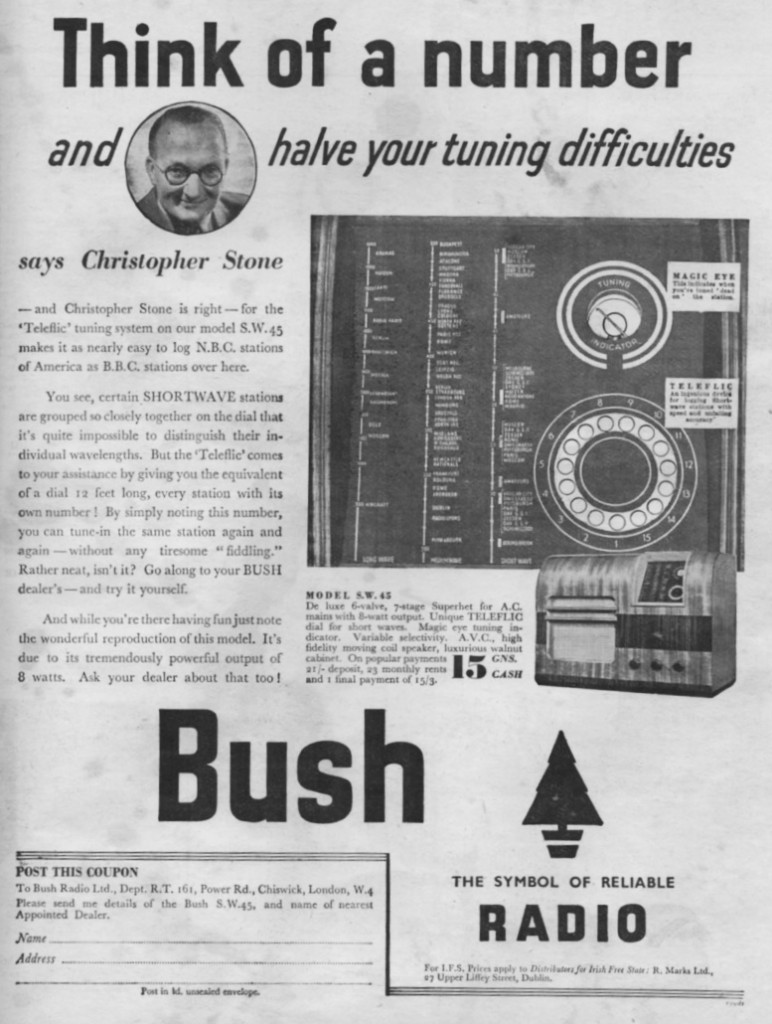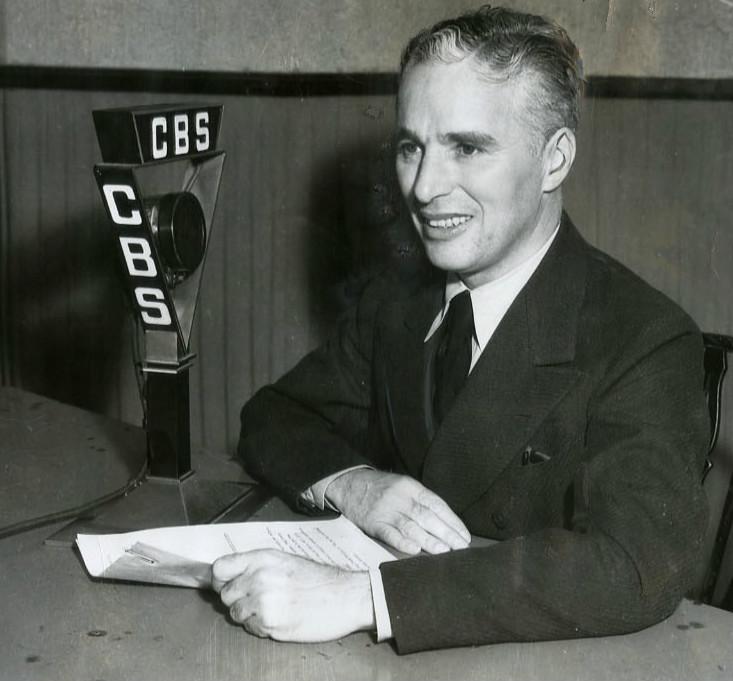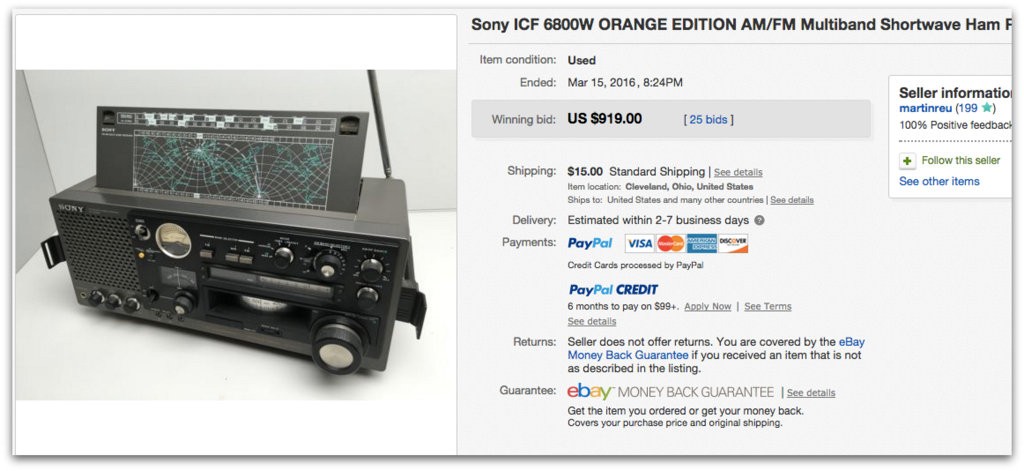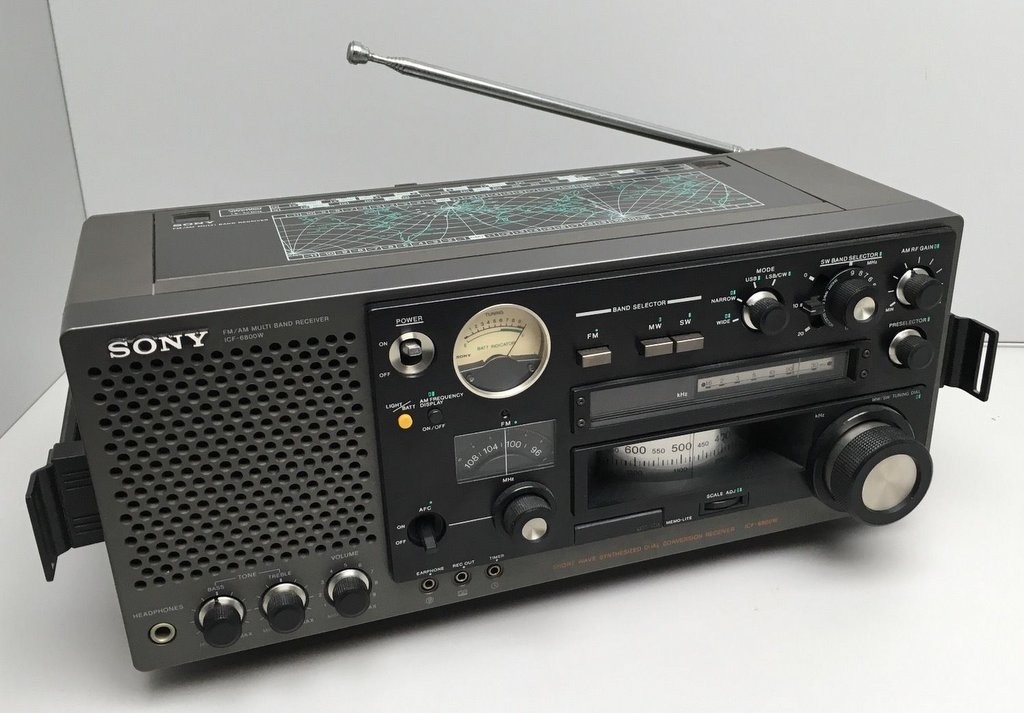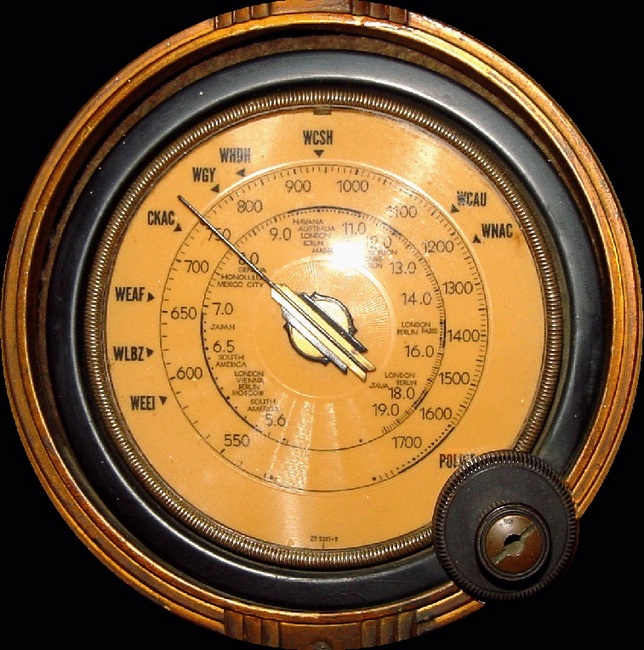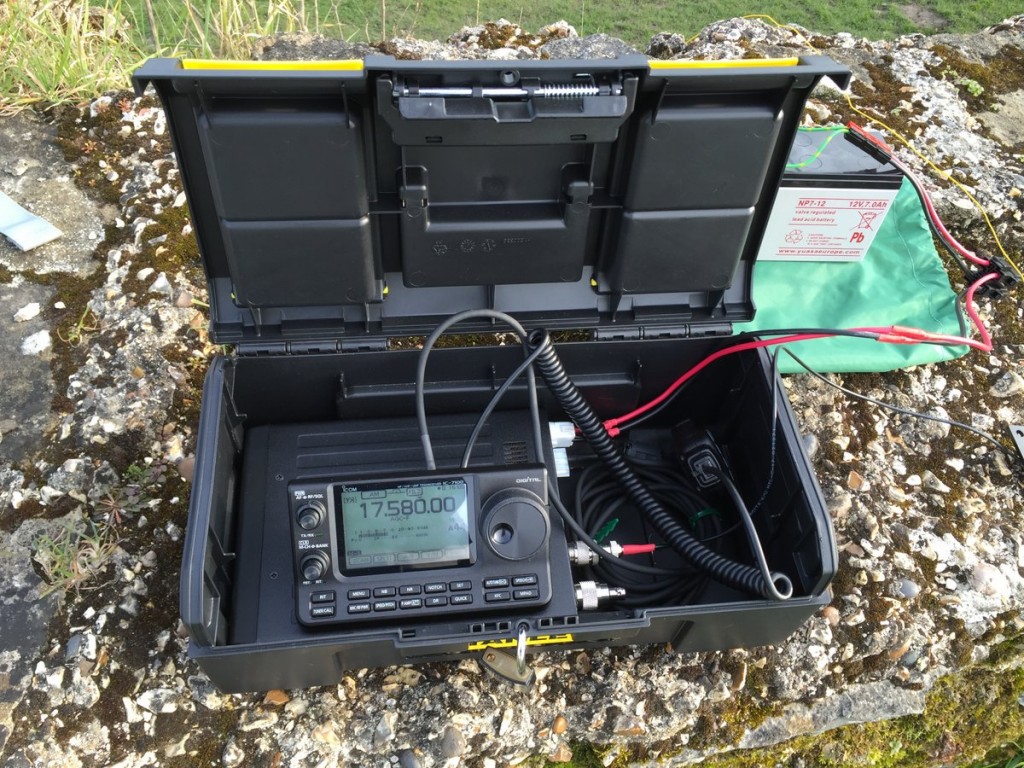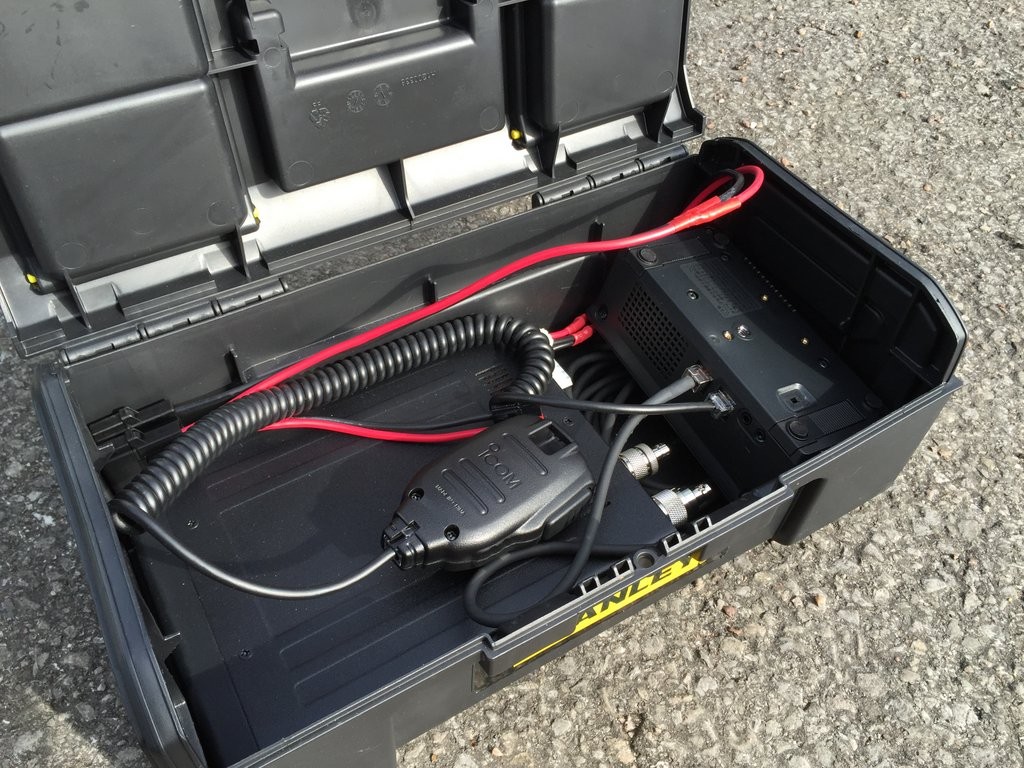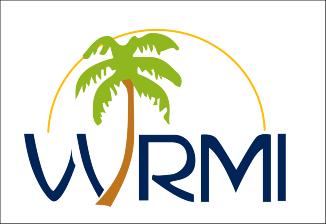
KIYU in Galena, Alaska
SWLing Post contributor, Paul Walker, is a radio host for KIYU in remote village of Galena, Alaska–we recently posted a few photos of Paul on site.
Many thanks to Paul for sharing the following notes about SWLing at his location. Paul writes:
Right now, all I have to DX with is a Tecsun PL-880 and PK’s loop 6-18 MHz tuneable SW Loop antenna. I am investigating a location to put up a long wire or massive box loop antenna somewhere away from home.
It has to be away from home as I have 2 FM and 1 TV transmitter above my head plus an ungodly amount of electrical noise and RF overload. The banks of the Yukon River are 500 feet from my office and apartment, so that’s a good location.. just need a way to secure a long wire or box loop. I am also in the process of finding an FM Low pass filter to filter out the FM stations real nearby that overload certain parts of the SW dial.
I am in Galena, Alaska. It is a village of about 500 people in the central part of Alaska, we are 300 miles west of Fairbanks and 300 miles east of Nome. Off the road system, everything is flown in 8 months or so out of the year and when the river is flowing, it’s barged in.
Radio Australia and Radio New Zealand are weak here, some days barely listenable, other days passable, but not very strong here. I’ve not heard anything from Radio Taiwan International here, yet I could get them weakly in California and in Arkansas.
I can hear CRI daily, the stuff that comes from their Beijing area SW transmitters is quite listenable.
What I can hear with regularity and strangely, a very good signal depending on the frequency, is The Voice Of North Korea. I’ve logged The Voice Of Korea on about A DOZEN different frequencies! What I can’t figure out is why? Some of the Voice of Korea broadcasts are near local AM radio station like strength many nights. I could hear them fairly well in northern California, but not always so strong.
Why I can’t figure out is the Voice Of Korea broadcasts that I’m hearing, what is their target area? It would sure seem I am not in the direct beam for any of their target areas, being so far north.
The strongest Voice Of Korea broadcasts for me are generally, not always, 15180 kHz and 11735 kHz. I’ve heard them on several 6 and 7 MHz frequencies which are listenable, but never very strong. I’ve also heard them in a few places in the 9mhz band and those are generally pretty listenable.
https://www.youtube.com/watch?v=lGhjfshf87Y
https://www.youtube.com/watch?v=Vkn7dgnk2m4
I did hear Voice Of Korea on 3250 kHz about a week ago. The signal was weak but steady and it was very clearly them.
I’ve heard them in the 13 MHz band one night and that signal was pretty strong. I did get them a few days ago smack in the middle of the day at 11910 kHz which was a bit surprising.
I expect when I construct a massive(and very directional box loop) or put up a longwire, My DX will greatly improve beyond the average stuff I’m getting now.
I’ve also logged Radyo Pilipinas on 17700 and 17820 kHz, several instances of the Firedrake Jammer on different frequencies, CRI and NHK (CRI & NHK are to be expected here).
https://www.youtube.com/watch?v=JAiMb5BMFDU
I did have a surprising reception of All India Radio on 7550 kHz.
Also logged recently was RFI on 15300 kHz, BBC WS on 15400 kHz, Voice of America on 15580 kHz, Radio Exterior De Espana 15390/15500 kHz, RN de Brasilia 11780 kHz among others.
You can hear audio of my reception on my YouTube channel:
https://www.youtube.com/user/OnAirDJPaulWalker
Some of my clips range from merely 30 seconds long to 20 minutes. The longer clips are usually when I had much better. Some clips are video, held up to the radio showing the dial, others are audio onlly.
As always, comments and discussion always welcome.

